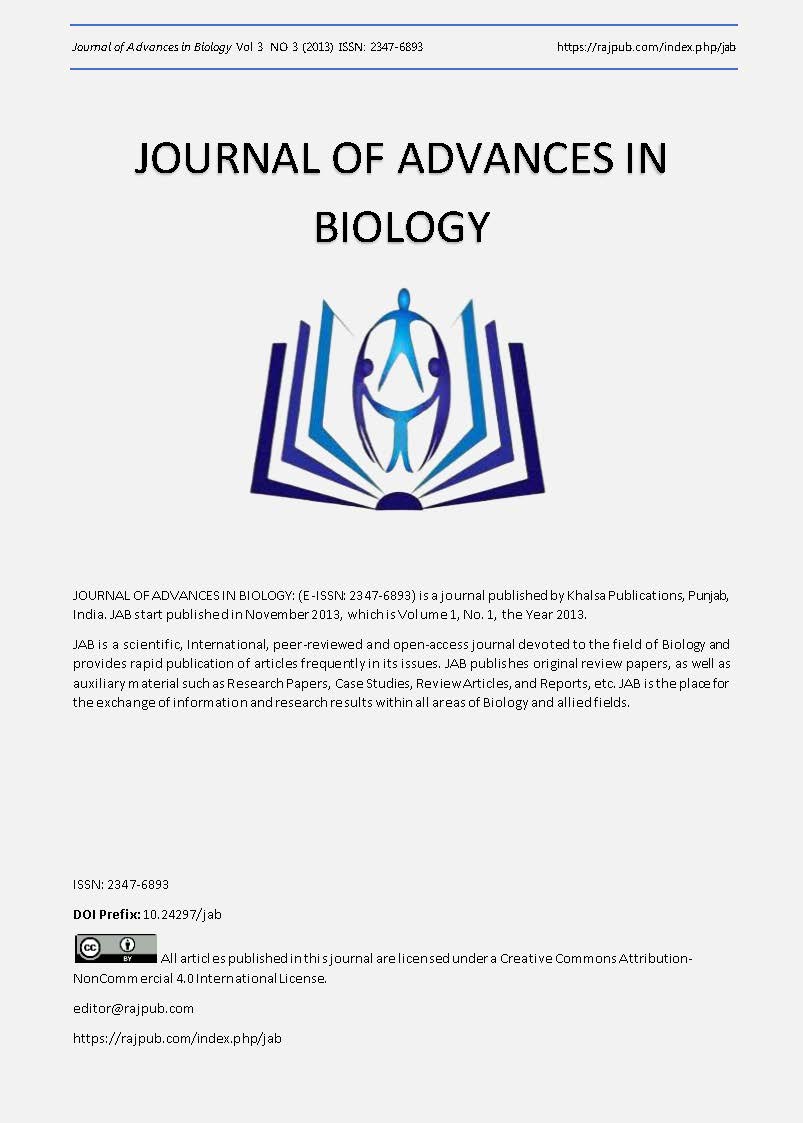Correlation of serum Nitric Oxide and hs-CRP in non-smoker and non-diabetic patients with Coronary Artery Disease
DOI:
https://doi.org/10.24297/jab.v3i3.1929Keywords:
NO, Hs-CRP, Non-smoker, Non-diabetic, CAD, Nitric Oxide, Coronary Artery Disease.Abstract
Back ground: The nitric oxide (NO) decrease and inflammation are cooperative events involved in atherosclerosis development. In the present study we assessed the correlation of NO with high sensitive c- reactive protein (hs-CRP) in the patients with coronary artery disease (CAD). Significant risk factors such as cigarette and diabet were excluded from the study.
Methods: One hundred sixty subjects including 80 patients with angiographically diagnosed CAD and 80 age and sex matched CAD-free subjects as control were studied. The levels of NO in the samples were measured with the Griess method. Hs-CRP was measured by Commercial Kit (PARS AZMON.IRAN) by ImmunoTorbidometry.
Results: Comparing with the control reduced levels of NO was noticed in the patient group (p=0.02) and the serum hs-CRP levels were increased significantly as compared to controls (p=0.001). In patient group was reverse correlation between NO with hs-CRP, but this correlation was not significant (p=0.23). In control group was direct correlation between NO with hs-CRP, but this correlation was not significant (p=0.33).
Conclusion: It is concluded that, in patients with stable coronary artery disease, low grade systemic inflammation is associated with increased in vivo oxidative stress leading to impaired systemic bioavailability of nitric oxide.
Downloads
Downloads
Published
How to Cite
Issue
Section
License
 All articles published in Journal of Advances in Linguistics are licensed under a Creative Commons Attribution 4.0 International License.
All articles published in Journal of Advances in Linguistics are licensed under a Creative Commons Attribution 4.0 International License.




